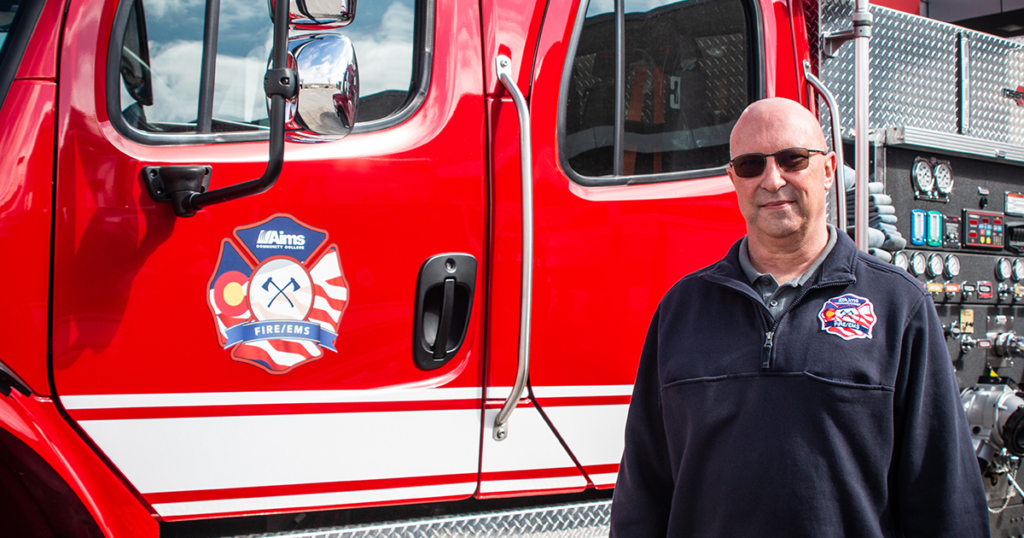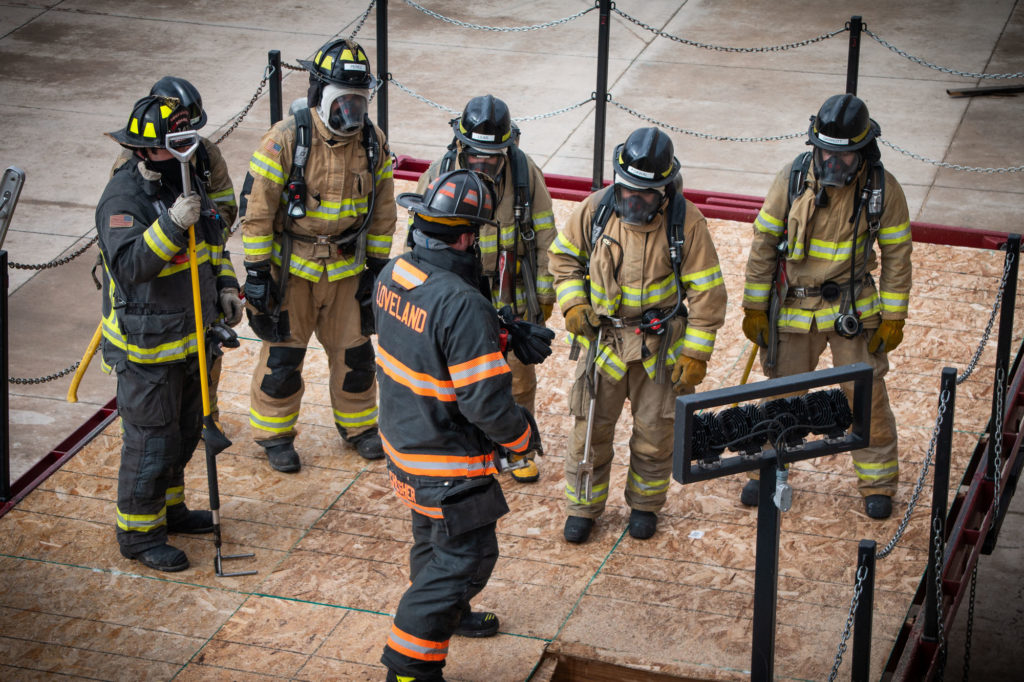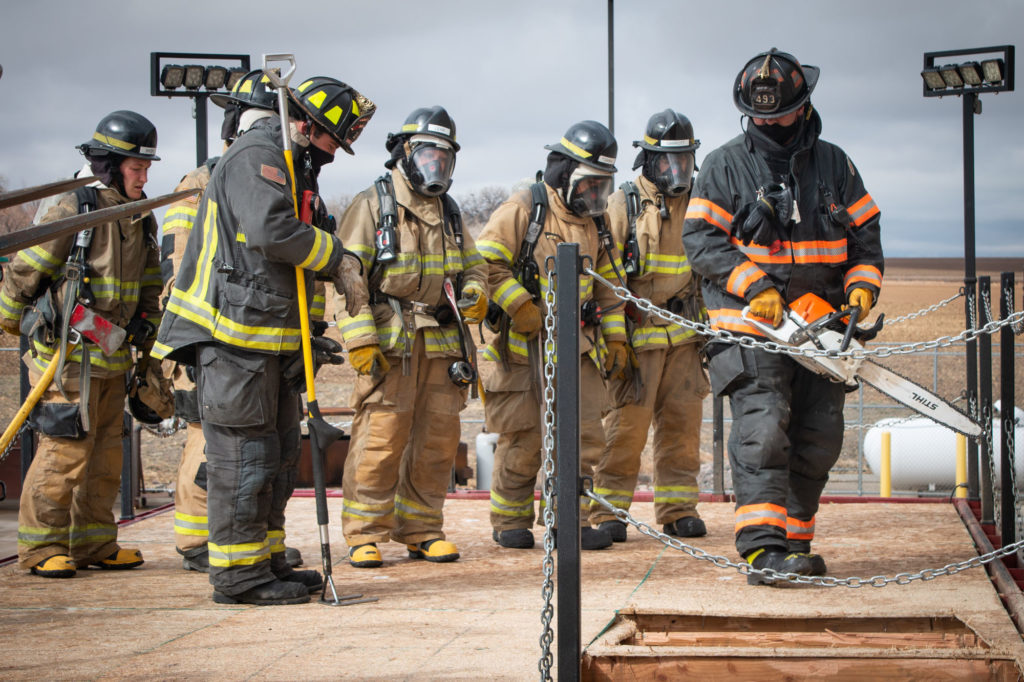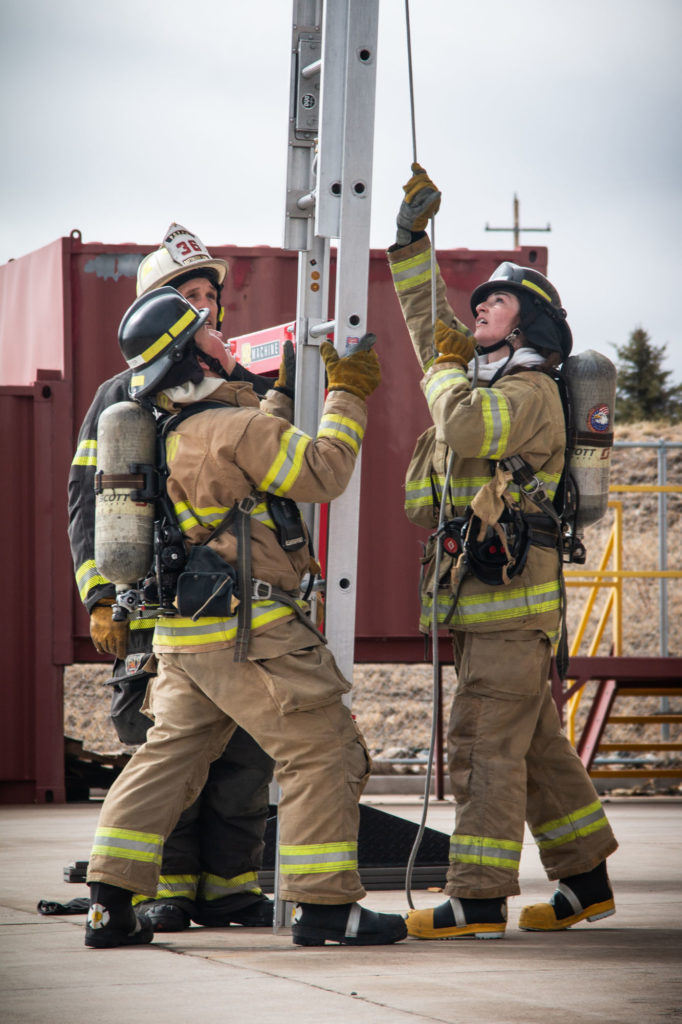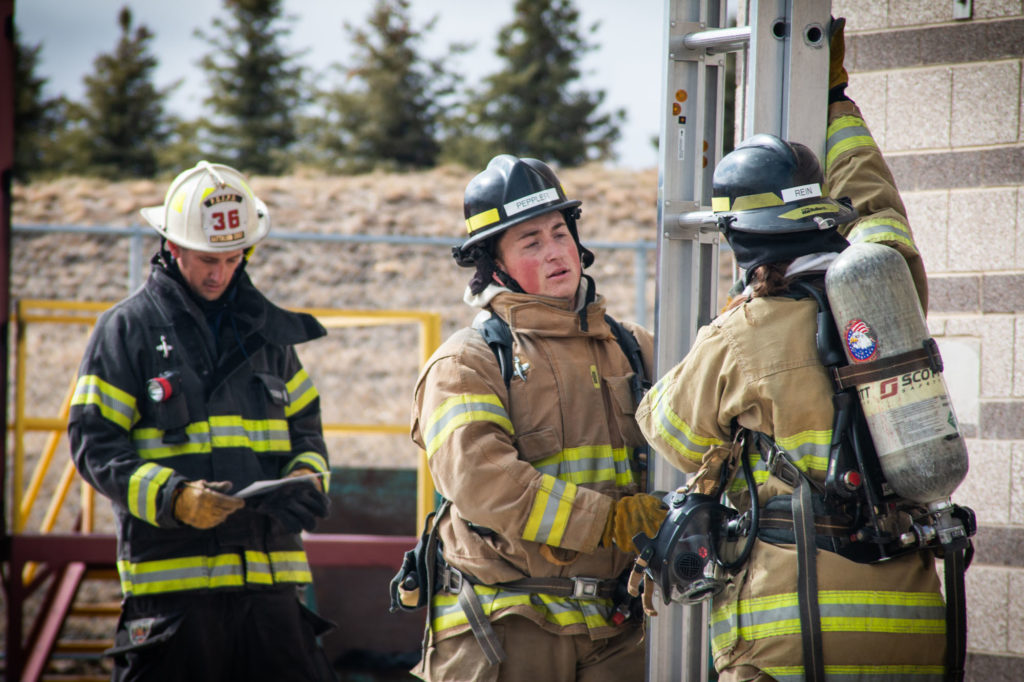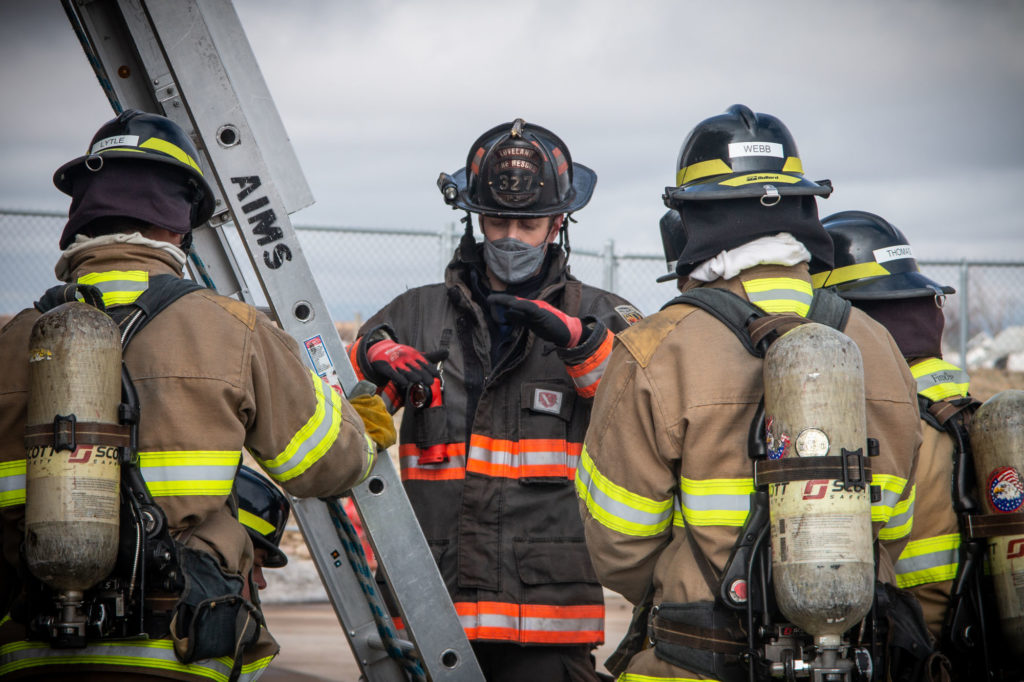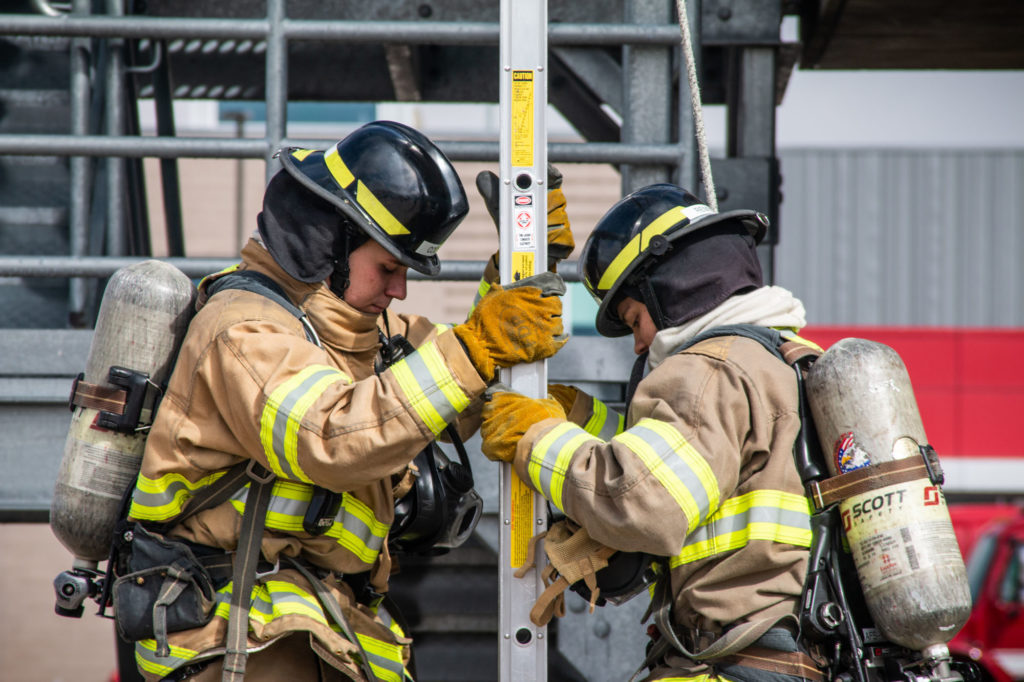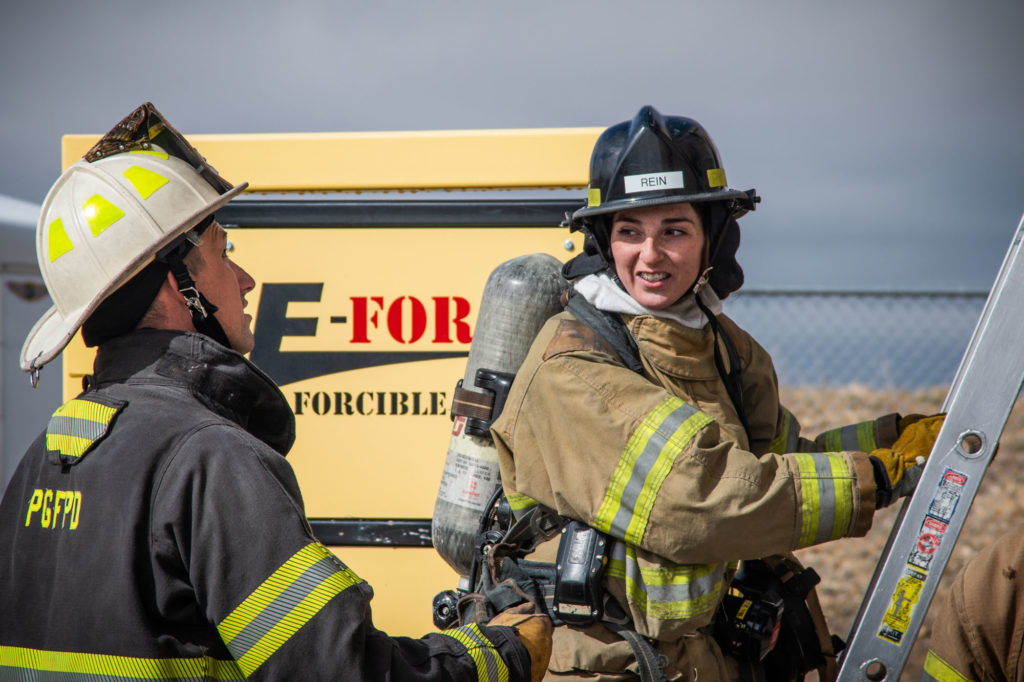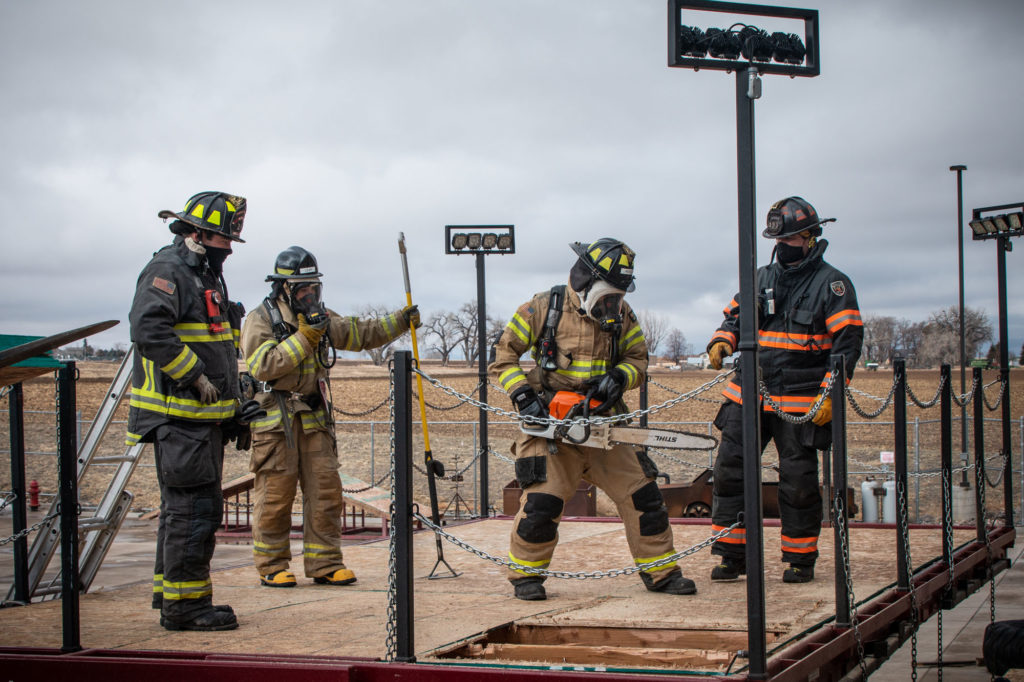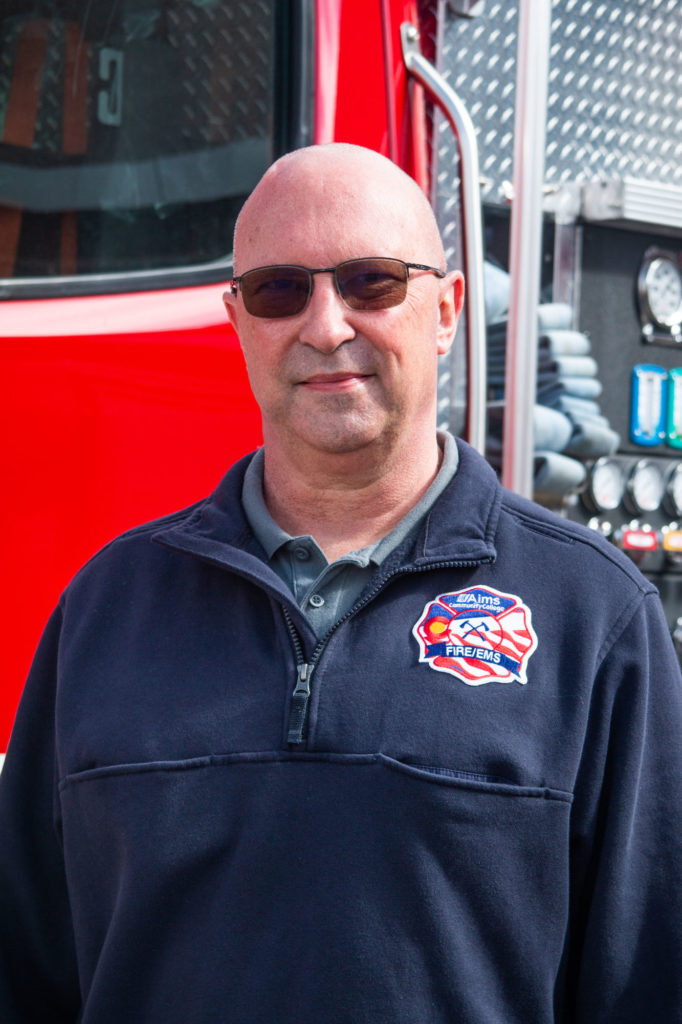Your parents told you early on the importance of making a good first impression. At the start of your career, a supervisor reinforced that message when it came to working with potential customers. And the fire service gets it as well. Recruits are shepherded through a training program, with some departments assigning recruits specific mentors to help “on board” them into a fire life.
First impressions matter in a big way.
So when it comes to getting new firefighters passionate about hazmat, first impressions are critical. To get a handle on how hazmat instructors can spark that flame, we reached out to an expert — John McDougall, the director of the fire academy programs at Aims Community College in northern Colorado.
McDougall says they train both high school and traditional college-aged students at a very modern and fully equipped training ground and facility.
Here’s our conversation.
How important is it for new firefighters and hazmat professionals to have a strong, positive first exposure to the world of hazmat via an instructor?
It’s ultra important to providing a realistic and engaging learning experience for students and firefighters. Practically applying the knowledge and skills taught is critical to ensure they understand how the pieces in a hazmat response come together.
How can instructors motivate and inspire passion in new fire industry students in that first exposure to hazmat training?
Hazmat training can be dry, it’s not the most exciting thing for firefighters to go through when compared with forcing doors, cutting vent holes and fighting fires. You have to discover ways to engage the learner by having them work together in teams on scenarios that test their knowledge and skills. Practically applied, team-member approached, and well thought out training exercises reinforce the learning experience.
What’s the key to best preparing responders to handle real scenarios outside the controlled training environment?
Ensuring that your training has very little to no simulation.
What role does technology play in how you teach hazmat?
We are actually purchasing HazSim Go because the new 2019 NFPA 1001 Firefighter 1 standard now requires requisite knowledge and skill for air monitoring equipment. This is a completely new added job performance requirement. Currently we have no way to conduct this type of training and evaluation.
What is your biggest obstacle when conducting hazmat training?
An adequate area for conducting dike, dam and divert training.
What wicked training problem keeps you up at night?
Being in Northern Colorado, the weather.
What devices do you rely on most for realistic training?
Real tools of the trade.
How do you keep the classroom portion of hazmat training fresh?
We are working on that right now. We’re trying to improving the delivery and approach.
What’s the optimum class size and why?
Ten to 12 students per instructor is most suitable.

